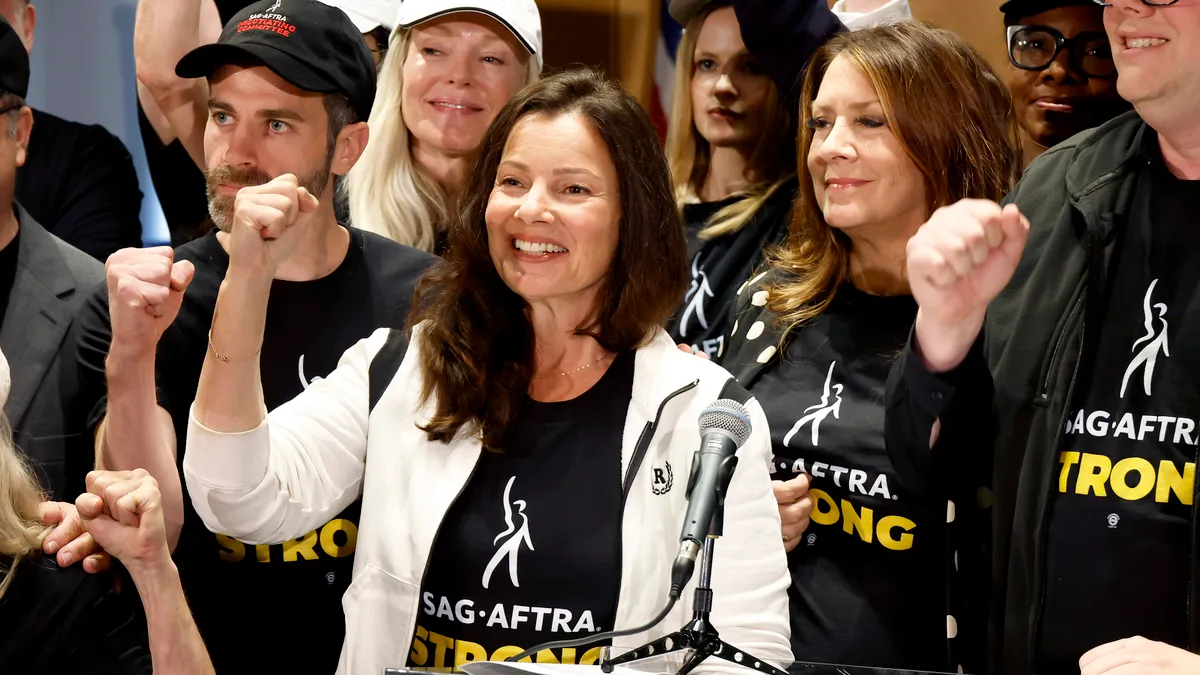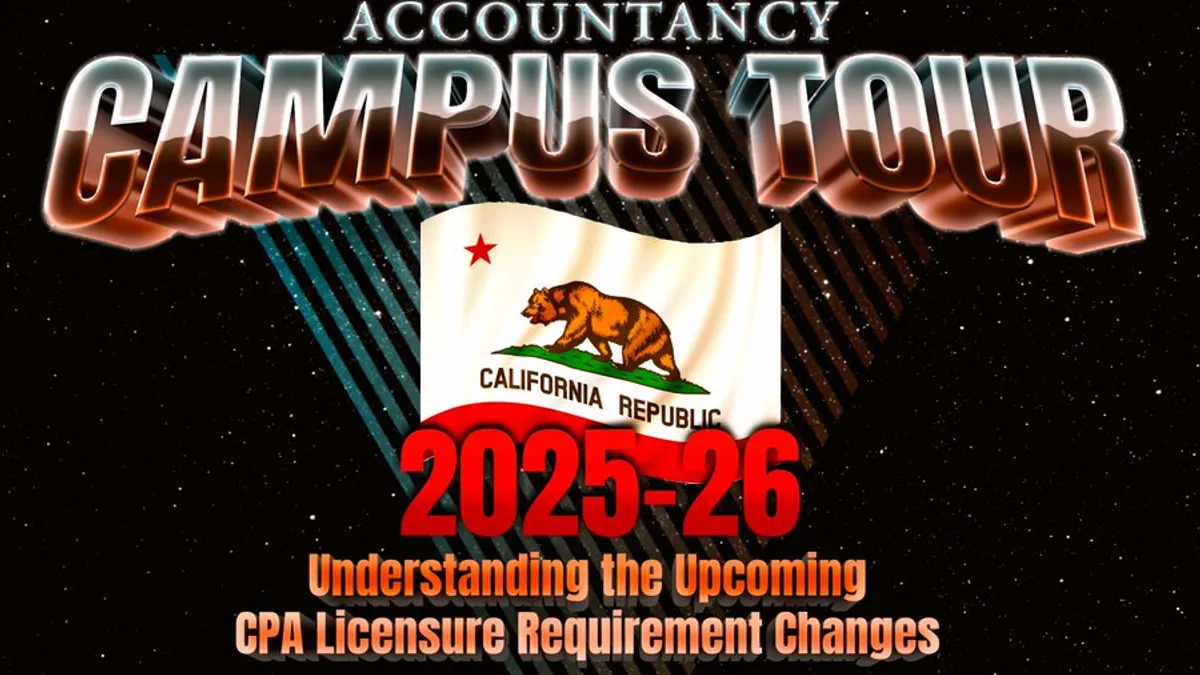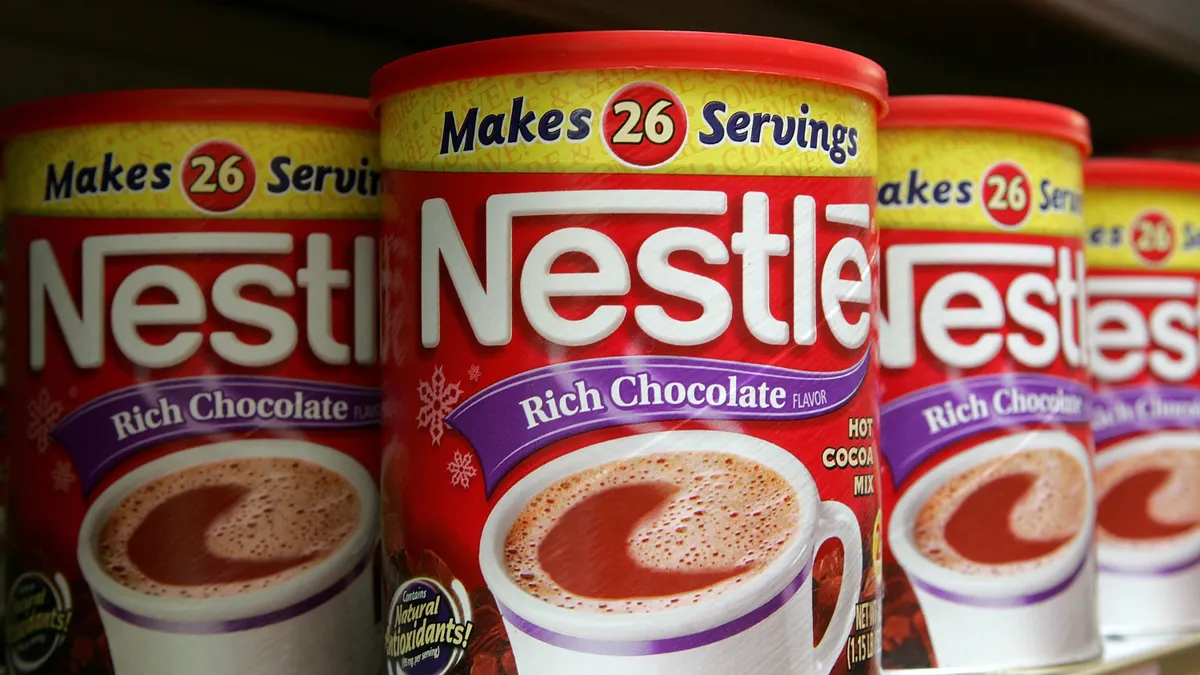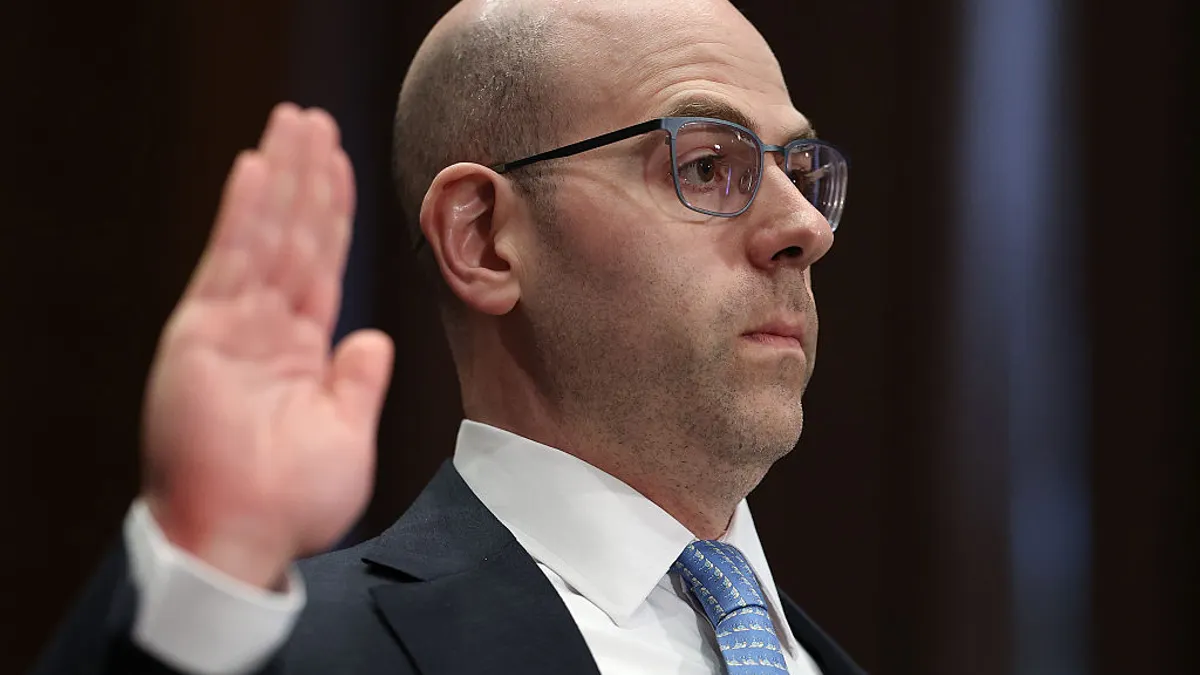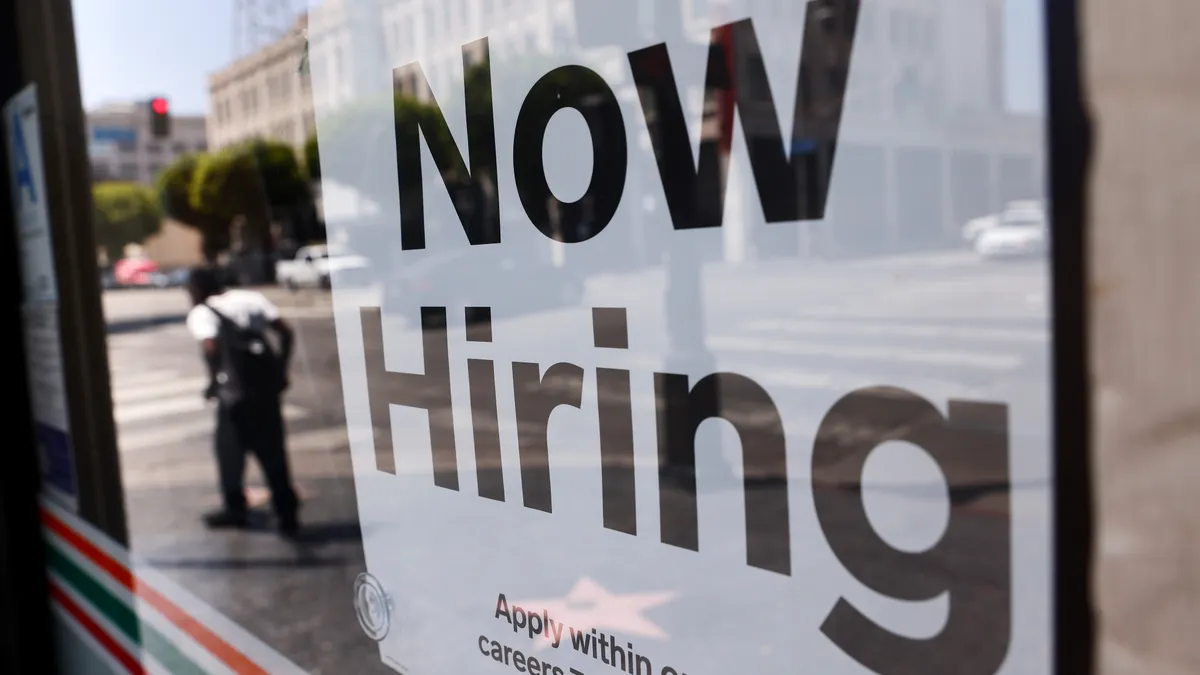Despite some high-profile labor victories last year it’s not yet clear whether the recent signs of a labor movement resurgence — what some are dubbing “the Great Reset” — will gain momentum and pose a growing challenge for cost-wary CFOs this year.
In 2023 unions won concessions for their members in the wake of the Screen Actors Guild-American Federation of Television and Radio Artists strike as well as the United Auto Workers actions. Then too, unionization efforts at Starbucks, Amazon, along with graduate student strikes at various universities reflected an increasingly emboldened labor movement, according to Gerald Levy, an adjunct professor who currently teaches Environmental Economics at Pratt Institute in New York City.
“The ‘mood’ of the workers has changed,” Levy said in an email, especially that of unionized workers. “They see the current time as a historic ‘moment’ to strike while the iron is hot and make transformational changes.”
Ripple effect
Historically, highly visible compensation increases in prominent firms have tended to drive raises at other companies in their sector as those firms seek to stay competitive, said Chantal Pezold, a researcher who specializes in labor issues at MIT.
While this pattern was seen in the auto industry — major non-union car companies announced raises shortly after the UAW strike’s conclusion — inflation has recently eaten into some wage gains, with the consumer price index increasing to 3.4% on an annual basis in December from 3.1% in November. Then too this year U.S. employers expect to raise their compensation budgets 3.9% for total salary increases, but that’s slightly lower than the 4.1% increases anticipated for non-unionized employees last year, according to a report from Mercer.
“Most workers have seen their real wages decline sharply due to the relatively high rates of inflation – especially since 2020, the beginning of the pandemic,” Levy said.
Pezold noted the economic environment has not resulted in more unionization either even though they are rattling big name companies. While some predicted the 53% year-over-year increase in unionization elections in 2022 indicated a newly muscular labor movement, there was actually a 3% decline in 2023, she said.
Citing a paper titled “Labor Market Tightness and Union Activity” that she and her colleagues recently published, Pezold said data did not show a systemic relationship between scarcity of workers and union activity in the long run even though a tight labor market is typically associated with organized labor.
Another factor eroding worker gains, in both the short and long terms, is automation, which was at least part of the motivation for both strikes. While both actions ended with stronger protections, in the long term data has found that the more automation there is in a region, the lower the wages and the less job security, particularly younger and less educated workers.
Frank Kerbein, director of the Center for Human Resources of the Business Council of New York State, also felt it was important to keep things in perspective. While there have been highly visible union victories, these have taken place in an environment where union members are a minority of workers. He noted that New York is one of the most highly unionized states in the nation and even then only about 20% of jobs are union.
Economic trepidation grows
Some employers are seeing the pendulum swing back from surging worker demands seen in the COVID-19 pandemic. At Columbus, Ohio-based Wolf’s Ridge Brewing, co-founder and head of operations Bob Szuter said he’s actually seen less labor pressure in the wake of the strikes, not more.
Early in the pandemic he saw workers asking for more and employers having not much other choice but to provide it. People, he said, were more upfront about their difficulties and what they’d need to remain in a job. This dynamic, he said, started in late 2021 and went on through the first half of 2023.
“But since then it’s been very different. There’s been a lot more fear from both employees and employers on where the economy is,” he said in an interview, while noting that payroll costs have risen along with the change in attitude. “It’s shifted now to be a little easier for us to make decisions we need to get the business in the right place without fear of the whole staff walking out as well.”
Rosina Rubin, CFO of Attitude New York — a high end limo and chauffeur company based in Long Island City, New York — noted her company was heavily affected by both the SAG-AFTRA and the Writers Guild of America strikes. Many of the customers work in the entertainment industry and the UAW actions made it difficult to get replacement cars and auto parts for its fleet.
However, Attitude did not feel the pinch of labor pressures from its own workers, partly because her company pays higher than average wages and has a base of longtime employees with a strong relationship with the company.
“We have a lot of people who’ve worked for us for 20 years… who understand that sometimes we’re in good shape and when we are, we’re very generous with compensation, and when we’re not in good shape they rely on us to keep this business going,” she said.
Kerbein, the human resources specialist, has seen companies react to wage pressures the way they’ve been reacting to other pressures like supplies, equipment and utilities: they’re passing them onto the consumer, which leads to inflation. He noted that while workers always want more money, lately companies have been seeing more demands about increased flexibility and the ability to work from home.
“Employees look at what they value. They want pay to keep pace with inflation, but what they value most are working from home and flexible work schedules, so employers react to that,” he said.
Economy leads
While there may have been little reported direct impact from the strikes, increased labor activity can have indirect effects elsewhere. Across the country 24 states are implementing “modest” increases in their minimum wage this year, according to business software provider Wolters Kluwer. Jason Albright, Content Management Consultant at Wolters Kluwer Legal & Regulatory, noted that labor activism has historically played a significant role in minimum wage increases, and this time is no different.
“The current wave of minimum wage legislation stems from the ‘Fight for $15’ movement, which began in 2012 with significant support from the labor community, including especially the Service Employees International Union. SEIU helped coordinate the November 2012 fast food workers strike that set the Fight in motion and has embraced minimum wage activism for more than a decade as an organizing strategy with strong appeal to workers in service-related jobs,” Albright said in an email.
Looking ahead, Levy maintains the exact impact of the minimum wage and other worker wins will depend to a degree on the strength of the overall economy. “Whether this euphoria and militancy will last for long will depend, critically I believe, on the state of the macroeconomy in 2024,” Levy said.


